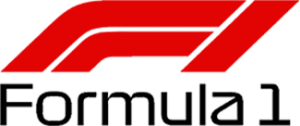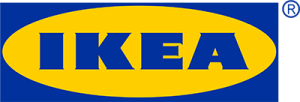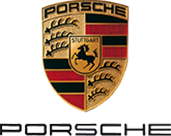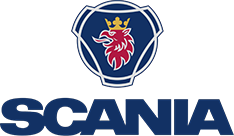
The increased workload can cause forklift drivers to become stressed, leading to mistakes that can easily result in accidents or injuries. To prevent such incidents from happening, companies need to provide training, supervision, and resources to help reduce workload levels among their forklift operators.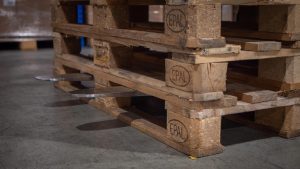
The latest generation of forklifts is equipped with features that enhance the safety of the forklift truck driver, in particular from an ergonomic point of view. However, some tools are not part of a forklift’s standard equipment, and those are manual or hydraulically extendable forks. Telescopic forks can help prevent damage to pallets by allowing more precise handling capability. Extendable forks can be adjusted to match the specific dimensions of each pallet, which can help prevent damage caused by the forks being either too long or too short. In addition, extendable forks can often be equipped with options such as a length-measuring system if the warehouse stores goods on different pallet sizes. The use of presets means the telescopic forks are adjusted automatically to the required length. This means you no longer put this responsibility on the driver, who would otherwise have to check whether the forks are either too long or for the load or offer insufficient support to it, which all takes time and reduces efficiency.
The consequences of forks being longer than the pallet are all too familiar. The forks can protrude from the rear of the pallet, which can damage the pallet itself or cause injury to people or damage goods. If the forks are shorter than the length of the load/pallet, then this can have other consequences. The load will be unstable because the front of the pallet is unsupported. This creates a dangerous situation as the pallet could easily slide forward and slip off the forks causing damage both to the pallet and the goods.
If pallets are damaged beyond repair, they will need to be replaced, which can be very costly.
Hydraulic telescopic forks are a type of forklift attachment that can be extended or retracted to adjust their length. These forks are controlled by hydraulic cylinders, which are actuated by the forklift’s own hydraulics system. The quick and easy adjustment to the length of the forks gives the operator precise control and stability when handling longer loads. The fact that the desired length of the forks is set from the driver’s cab makes this system of adjustment extremely safe. After all, the operator is no longer required to leave the driver’s seat and risk being hit by another forklift truck, and he or she can set the length of the forks while driving so there is no delay whatsoever.
Manual telescopic forks are a type of forklift attachment that can be extended or retracted to adjust the length of the forks. Unlike hydraulic telescoping forks, manual telescoping forks are manually operated by the forklift operator using a lever that locks the forks at the set length. This is carried out manually by the driver and is not connected to the forklift’s hydraulic system. Manually extending forks offer a less expensive alternative to hydraulic extending forks and are used in applications where the load is not as heavy or where the length of the forks does not need to be adjusted frequently.
Meijer Handling Solutions is a family-owned business for 100 years and is the inventor of the hydraulic extendable lift truck fork, has more than 40 years of experience in manufacturing telescopic forks, and is by far the world market leader in this field, enabling the company to specialize in the manufacture of this innovative product. The telescopic forks are sold under the brand name of KOOI®ReachForks. They offer the perfect handling solution in warehouses with double-deep racking systems as well as for single-sided truck loading and unloading.
.custom_postmeta {
margin-bottom:0px;
}
.mk-social-share ul {
display:flex;
justify-content: space-evenly;
list-style:none;
margin: 0 0 2em 0;
}
.mk-about-author-wrapper .about-author-name {
padding: 10px 0 0 0;
text-align: center;
}







